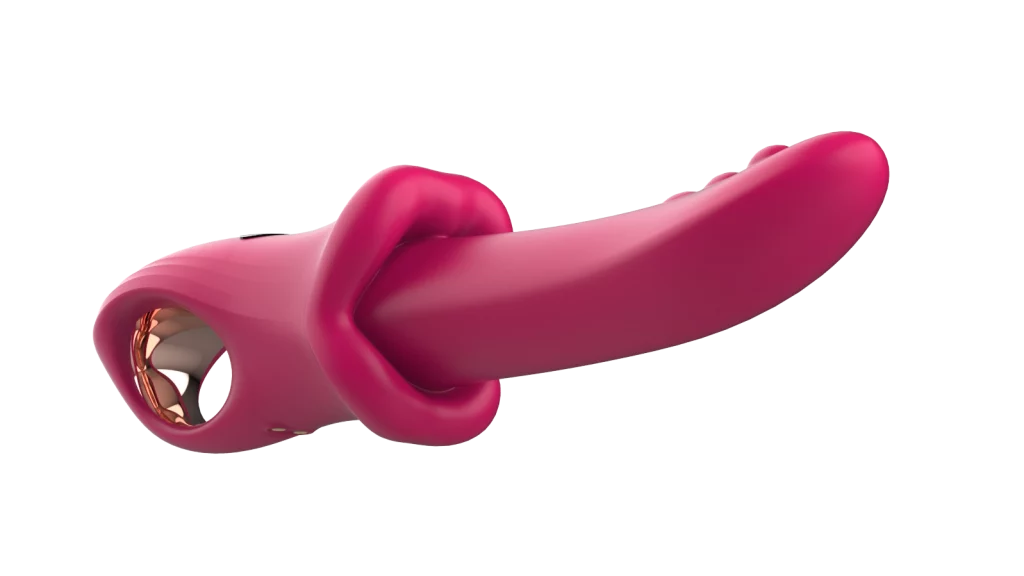Rubber seals are a common sealing device that is used in various industries and mechanical equipment. They can help people solve leakage and sealing problems.
Basic introduction to rubber seals

Chinese name: rubber seal
Function: leakproof
Ingredients: small amounts of protein, fatty acids, sugars, ash, etc.
Properties: natural polymer compounds
Classification of rubber:
1. According to the source and method of raw materials, rubber can be divided into two categories: natural rubber and synthetic rubber. The consumption of natural rubber accounts for 1/3, and the consumption of synthetic rubber accounts for 2/3.
2. According to the appearance of rubber, rubber can be divided into four categories: solid rubber (also known as dry rubber), latex rubber (referred to as latex), liquid rubber and powder rubber.
3. According to the performance and use of rubber, in addition to natural rubber, synthetic rubber can be divided into general synthetic rubber, semi-general synthetic rubber, special synthetic rubber and special synthetic rubber.
4. According to the physical form of rubber, rubber can be divided into hard rubber and soft rubber, raw rubber and mixed rubber, etc. According to the type of rubber and the form of cross-linking, rubber can be classified as follows in industrial use.
One category is divided into ordinary rubber, heat-resistant rubber, oil-resistant rubber, weather-resistant rubber, special chemical medium-resistant rubber, etc. according to functions such as heat resistance and oil resistance.
The products now mainly include rubber sealing rings, rubber gaskets, flange gaskets, rubber shock absorbers, rubber O-rings, V-rings, X-rings, Y-rings and other rubber products of various forms, sizes, colors, hardness and materials, rubber strips, rubber sheets, O-rings, rectangular rings, round rubber beads, diamond rubber beads, square pads, etc.
They each have their own characteristics and are suitable for different working conditions and industries.
There are three main performance characteristics of rubber:
First, excellent elasticity and scalability;
Second, good air permeability and resistance to various chemical media and electrical insulation, not easy to deform;
Third, it can be used and compounded with a variety of materials to produce comprehensive performance.
The above is a basic introduction to rubber seals.







